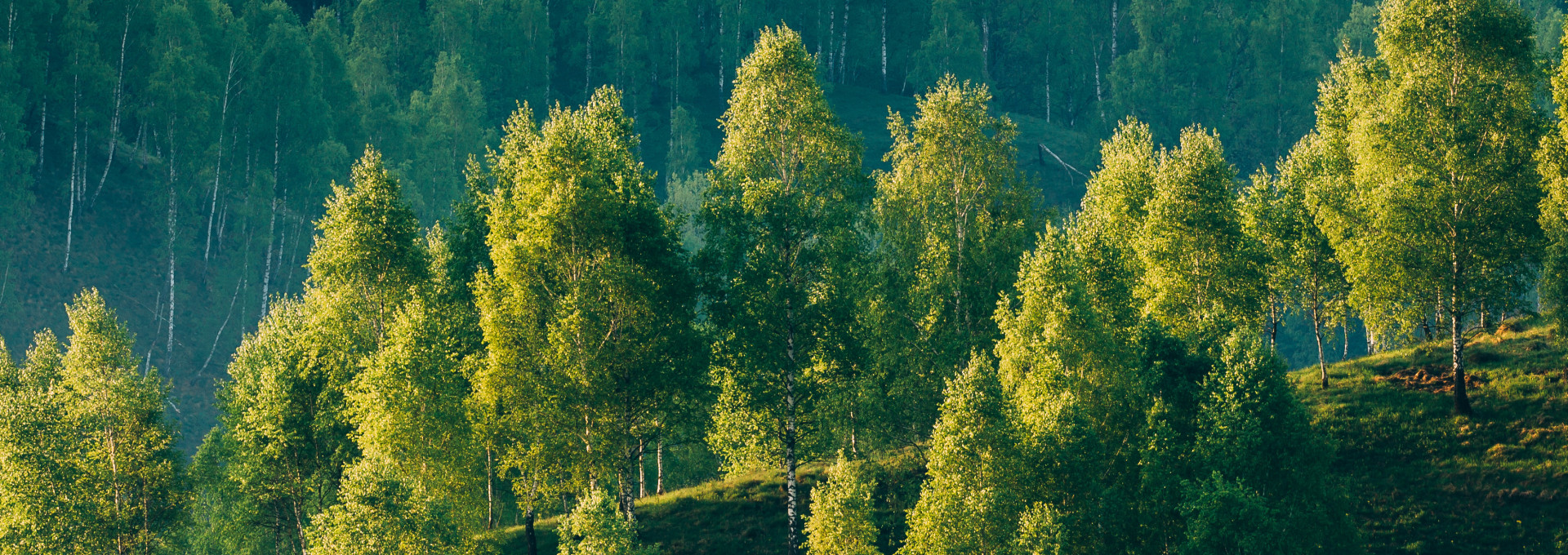



Healthy ecosystems provide us with a wide range of foods, filter pollutants out of the air, and clean our water. A high level of biodiversity provides a layer of protection against pathogens by lowering the likelihood that certain diseases can become concentrated in individual animal or plant communities and spread faster. For example, when an ecosystem lacks natural predators, populations of some species – such as ticks – can grow more easily. This means healthy ecosystems are also very important for human health.
Changed nutritional habits and a steadily growing population are pushing up worldwide demand for our naturally available habitats. This demand is leading to higher levels of pollution in our soils and is often accompanied by losses in biodiversity and important ecosystem services. Not only does the overuse of soils diminish the contribution nature can make to human well-being, it also makes us more susceptible to harmful diseases. In addition, anthropogenic (human-caused) climate change is subjecting our ecosystems to increasing stress worldwide. Some animal and plant species are no longer able to adapt to changes in temperature and precipitation. As a result, symbioses (mutually beneficial relationships between different species) that have developed over millennia are destabilized and lose their ability to resist pests or invasive species. And our expansion into other habitats promotes the spread of zoonoses, infectious diseases that are transmissible from animals to humans.
What we can do to maintain the health of our ecosystems
We humans are therefore dependent on the contribution that nature makes to us. Not only does an intact biosphere supply us with food, it also stabilizes our climate by removing carbon dioxide (CO2) from the atmosphere. The planetary boundaries concept includes a suggestion that land use be limited to 15 percent of Earth’s overall land area to preserve natural ecosystems and ensure a high level of biodiversity. That would form a basis for us to coexist with nature while reducing the risk of infectious diseases.